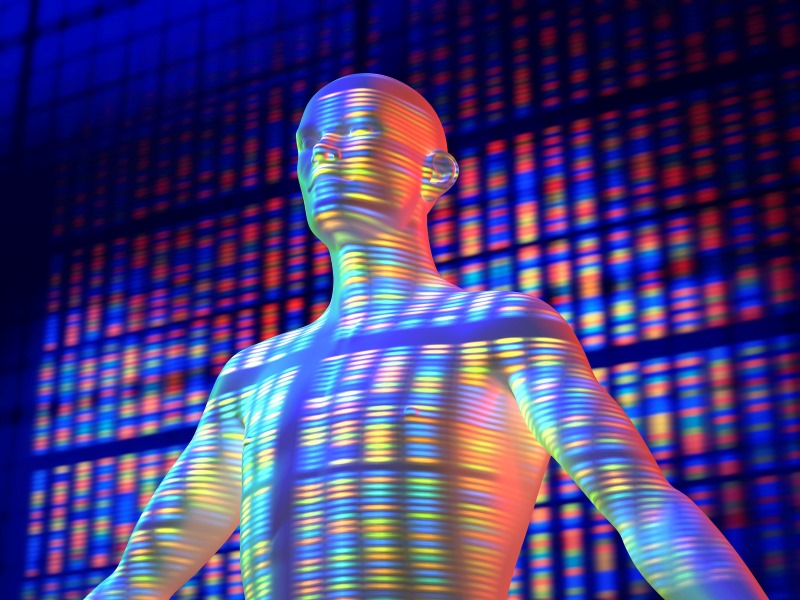About Non-Bullous Congenital Ichthyosiform Erythroderma
Autosomal Recessive Congenital Ichthyosis, also known as lamellar ichthyosis, is related to ichthyosis, congenital, autosomal recessive 1 and ichthyosis, congenital, autosomal recessive 2. An important gene associated with Autosomal Recessive Congenital Ichthyosis is ALOX12B (Arachidonate 12-Lipoxygenase, 12R Type), and among its related pathways/superpathways are Keratinization and Prostaglandin 2 biosynthesis and metabolism FM. The drugs Bezafibrate and Ustekinumab have been mentioned in the context of this disorder. Affiliated tissues include skin, eye and subthalamic nucleus, and related phenotypes are ichthyosis and abnormality of the nail
Major Symptoms of Non-Bullous Congenital Ichthyosiform Erythroderma
Non-bullous congenital ichthyosiform erythroderma is a rare genetic condition characterized by the appearance of ichthyosiform erythroderma, a type of skin rash, on the face, neck, and scalp in children. The rash is typically symmetric and resolves without treatment.
Suitable Lifestyle for People with Non-Bullous Congenital Ichthyosiform Erythroderma
Non-bullous congenital ichthyosiform erythroderma is a rare genetic disease that usually affects the skin and eyes. Because this is a very rare disease, it is difficult to find patients who have already had non-bullous congenital ichthyosiform erythroderma in humans. However, for people with this disease, here are some lifestyle changes that may be appropriate:
1. Avoid direct sunlight: Ultraviolet rays from the sun may aggravate a patient's symptoms, so patients are advised to avoid direct sunlight.
2. Cold compress: You can use an ice pack or cold towel to apply cold compress to the patient's skin to relieve symptoms.
3. Gentle Skin Cleansing: Use gentle skin cleansing products and avoid harsh chemicals.
4. Eat a healthy diet: Eat a healthy diet, eat more fruits and vegetables, and avoid foods high in fat and sugar.
5. Keep your skin moist: Use a moisturizer to keep your skin moisturized to reduce skin symptoms. It should be noted that these recommendations apply to people with non-bullous congenital ichthyosiform erythroderma. Everyone's situation is different and you should develop a lifestyle that suits you based on your doctor's advice.
Other Diseases
Congenital Ichthyosiform Erythroderma Bullous Disease Bullous Dermatoses Transient Bullous Dermolysis of The Newborn Bullous Pemphigoid Non-Proliferative Diabetic Retinopathy Non-Vascular Cavity Organ Stenosis Stenosis Non-Small Cell Lung Carcinoma Small Cell Lung Cancer and Non-Small Cell Lung Cancer Non-Neoplastic Lesions of The Vulva
Related Products


